A Return Trip to a Hidden Hawkesbury Memorial
© Jim Low
Just over an hour’s drive from where I live is a special place that I always value visiting. It is the site of a small monument, in the form of an obelisk, that was erected in 1952. The obelisk was deliberately erected in the vicinity of the former Sackville Aboriginal Reserve and Mission.
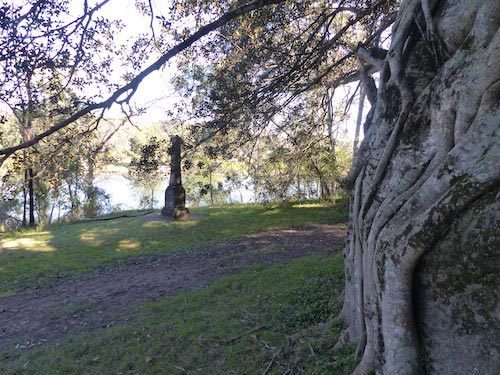 Continue reading “A Return Trip to a Hidden Hawkesbury Memorial”
Continue reading “A Return Trip to a Hidden Hawkesbury Memorial”
BLUE TRAIL 58: OLD REHABILITATION PROJECT, State Mine Gully
“If I wanted to get there, I wouldn’t start from here” is the punchline of an ancient joke about an Irishman giving directions to a tourist. Almost as ancient are the laudable objectives on this signboard about the 1995 project which could yet be the jumping off point for the transformation of the southern Newnes Plateau into one of Australia’s finest and best presented natural area experiences – a project aptly named Destination Pagoda in its new incarnation (see article in Blue Mountains Conservation Society’s May Hut News, page 2).
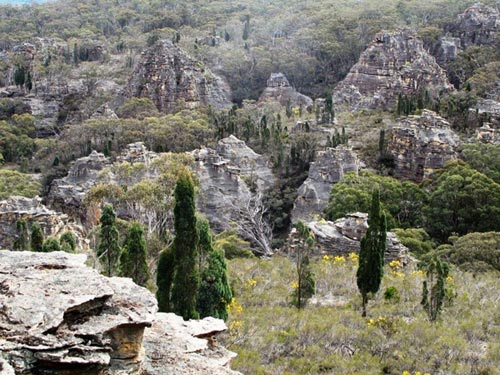
If you want to get to the finest views of pagodas in the Lithgow district, there’s no choice but to start from State Mine Gully. On a school holiday Wednesday in April 2019, Hut News noticed steady traffic which included standard two-wheel-drive vehicles making their way up and down the shockingly deteriorated escarpment road that connects the Newnes Plateau with State Mine Gully. Many of the drivers were protecting their vehicles by taking ten minutes to do one kilometre.
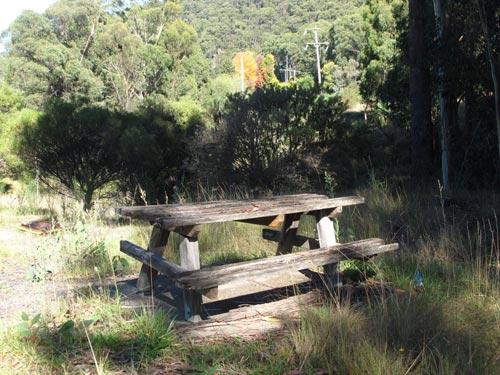
But this is the only viable access route for most of the plateau’s scenic delights that does not cross private property. It is the only route that truly allows the community of Lithgow a sense of ownership of the most ecologically and geologically diverse part of the town’s hinterland.
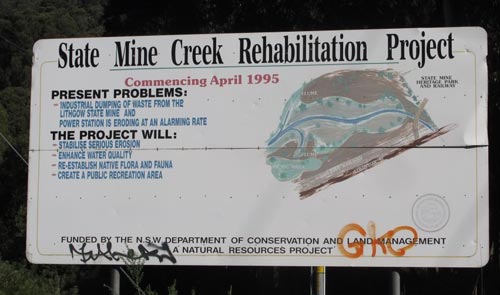
At the site of the old rehabilitation project, you are confronted with numerous expensive changes that would still need to be made to convince the visitor that this is one of Australia’s most significant natural area gateways. The broom and blackberry plants, along with other weeds, need to disappear. The hardy Mountain Ash trees need their retinue of Banksia and Leptospermum understorey to swell. The discarded sleepers and rails from the old branch line need to be incorporated into the generally well-kept railway museum. And the picnic benches need to look capable of accommodating modern-sized posteriors without fracturing. It’s fortunate that Destination Pagoda has harnessed such experienced and dedicated activists – all our energy will be needed.
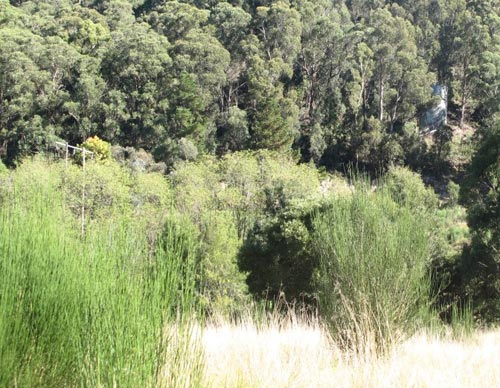
© Don Morison
Blue Trail 51: Collitts Inn, Hartley Vale
Collitts Inn, built in 1823, just two years after the departure of Lachlan Macquarie, is the oldest non-indigenous Australian structure west of the Blue Mountains. It serviced the road from Emu Ford on the Nepean River to the Bathurst Plains which descended from the location now known as Mount York lookout via the Coxs Road and then turned in a westward direction towards the location now known as Hartley Historic Village.
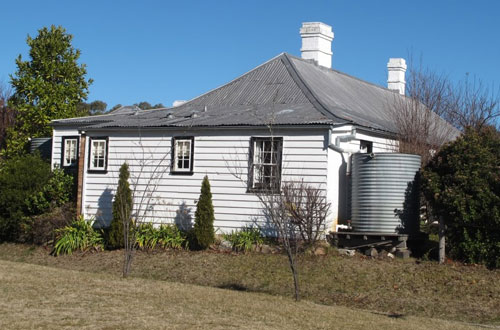
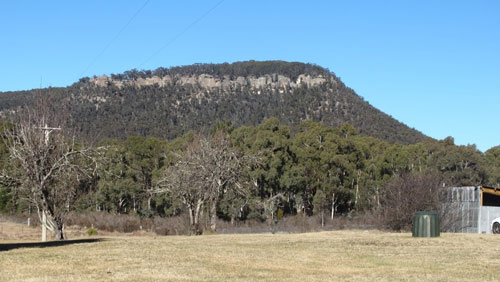

Pierce, Mary and John Skeen are all buried in Hartley Vale cemetery, accessed off Fields Road, around the corner from the inn. Today, Collitts Inn is a wedding and function venue.
© Don Morison
